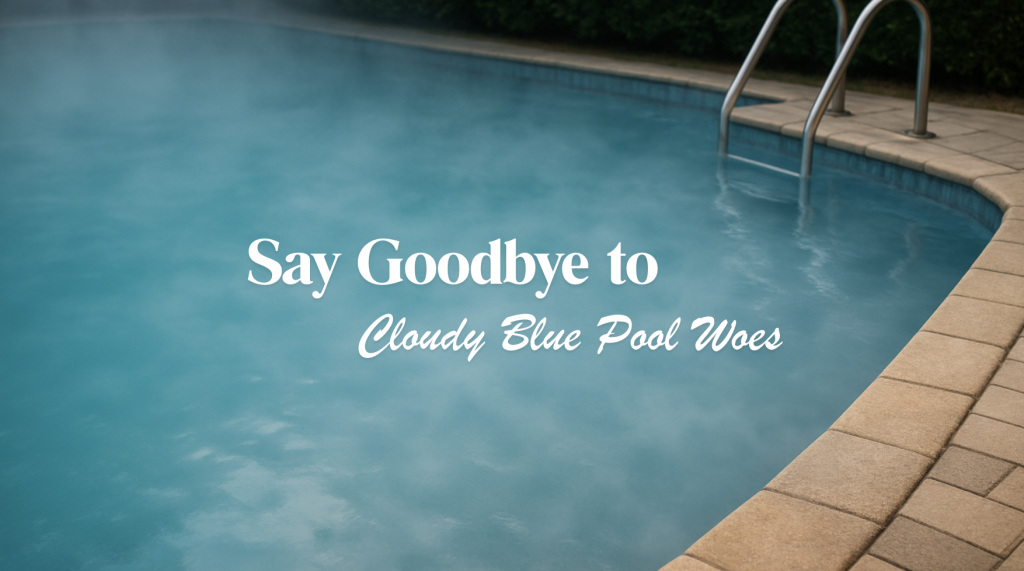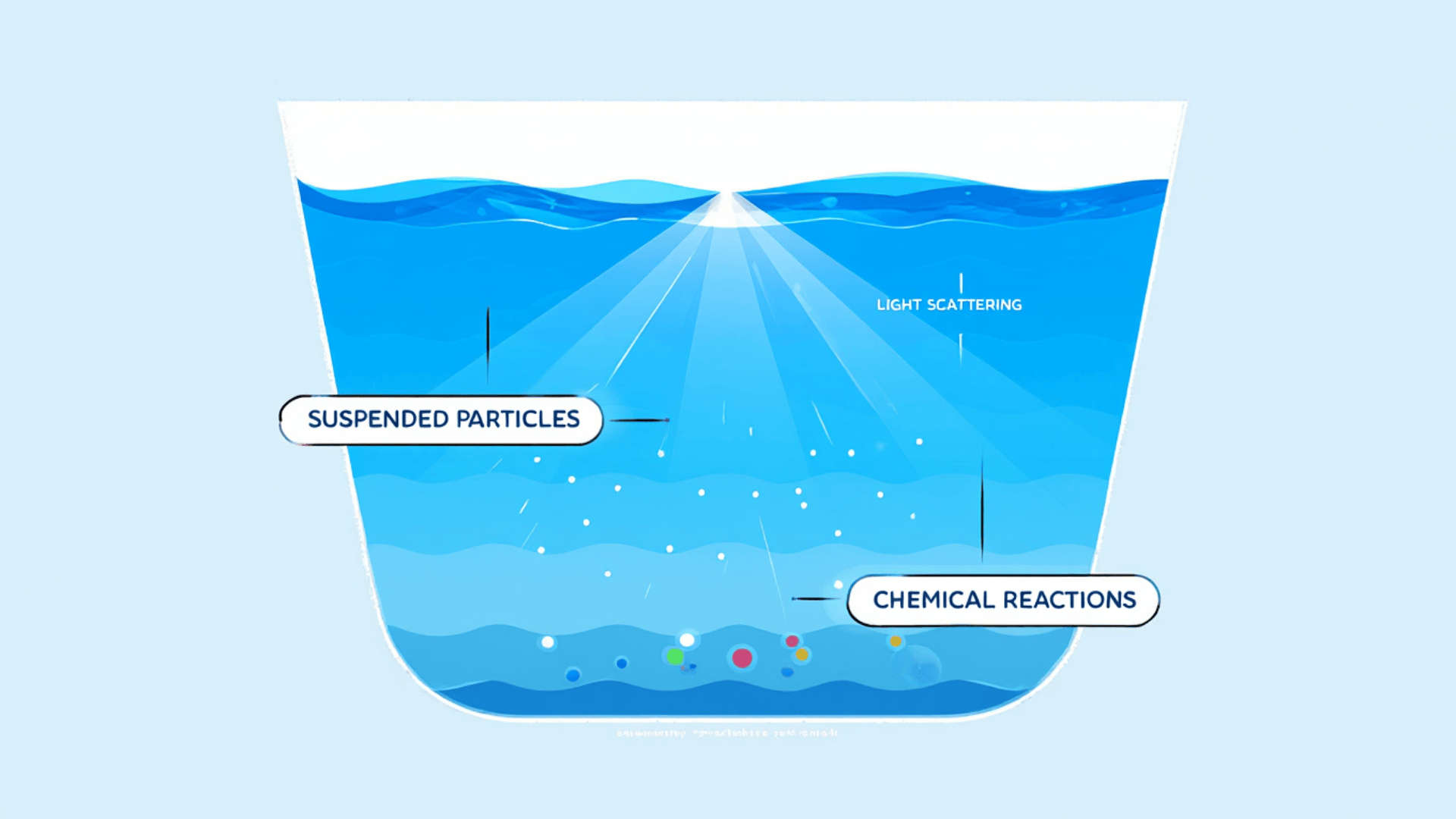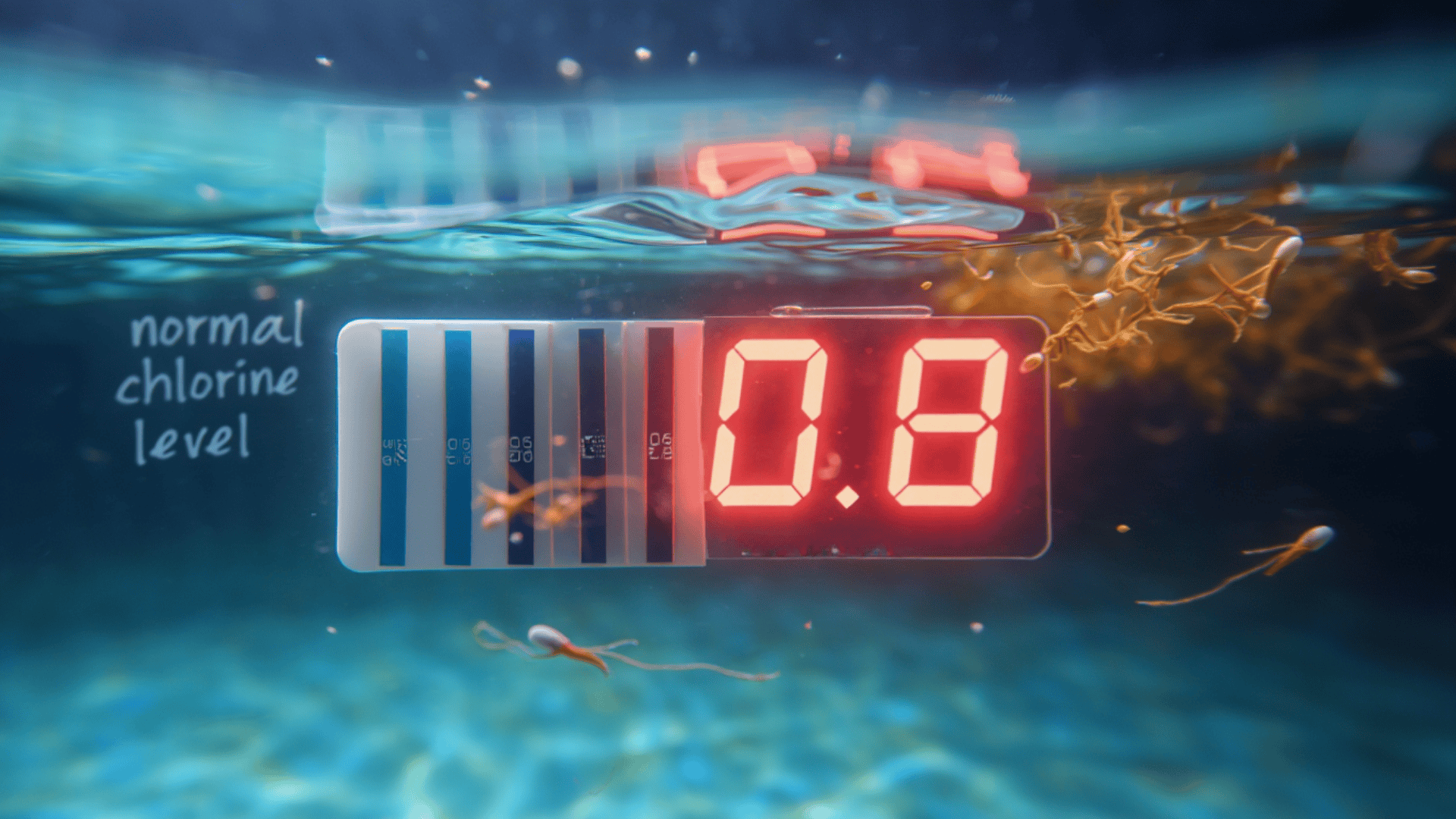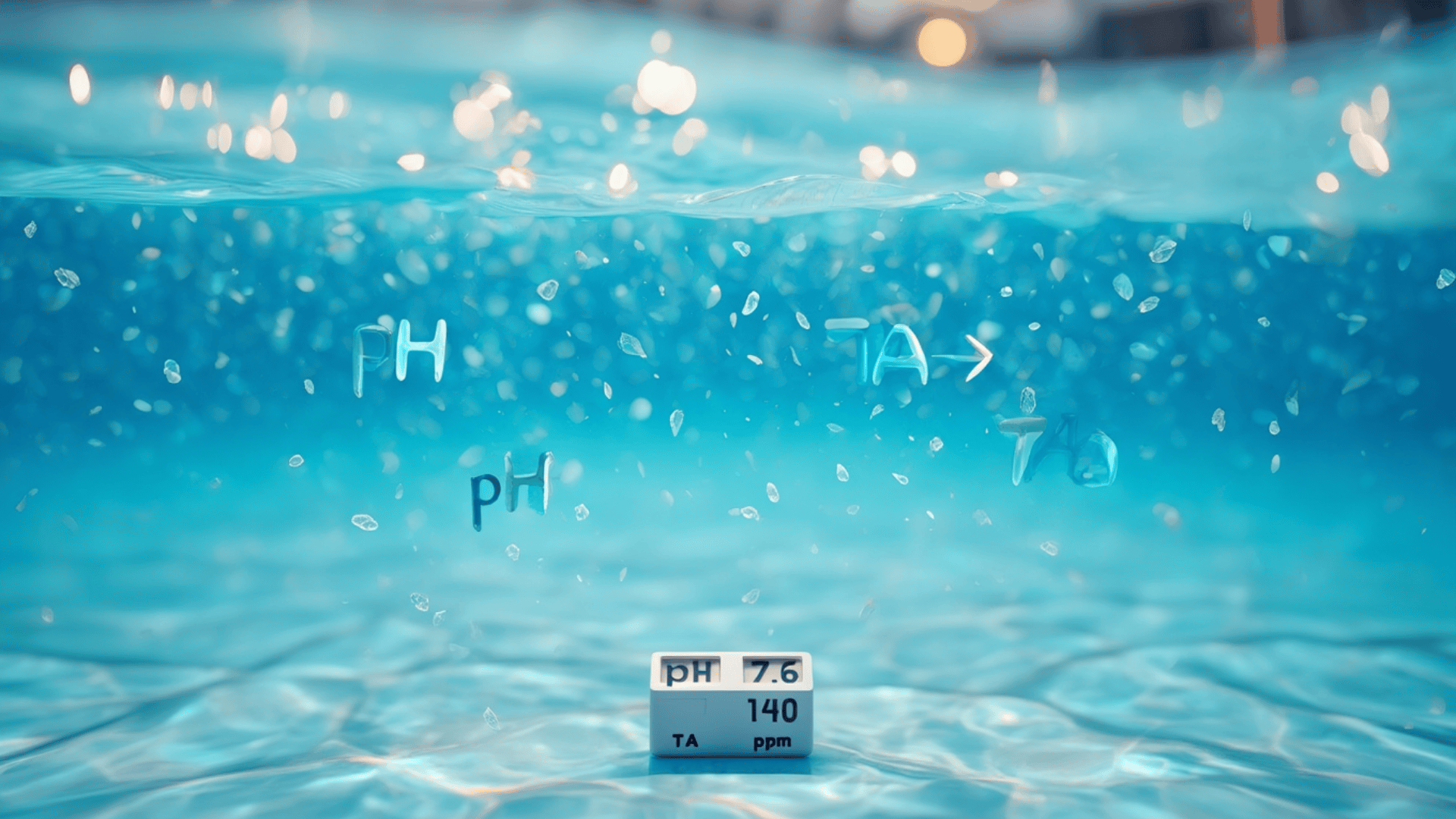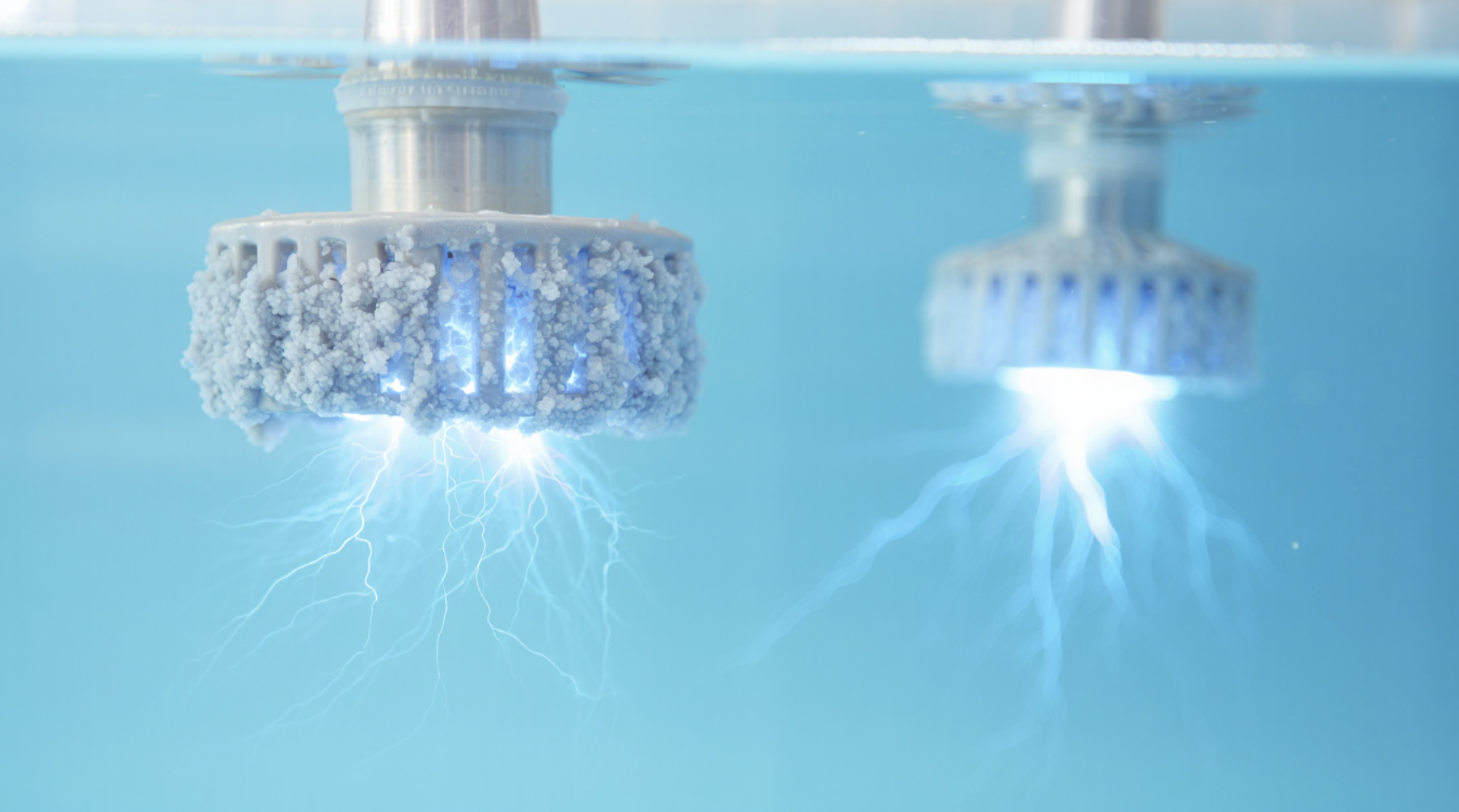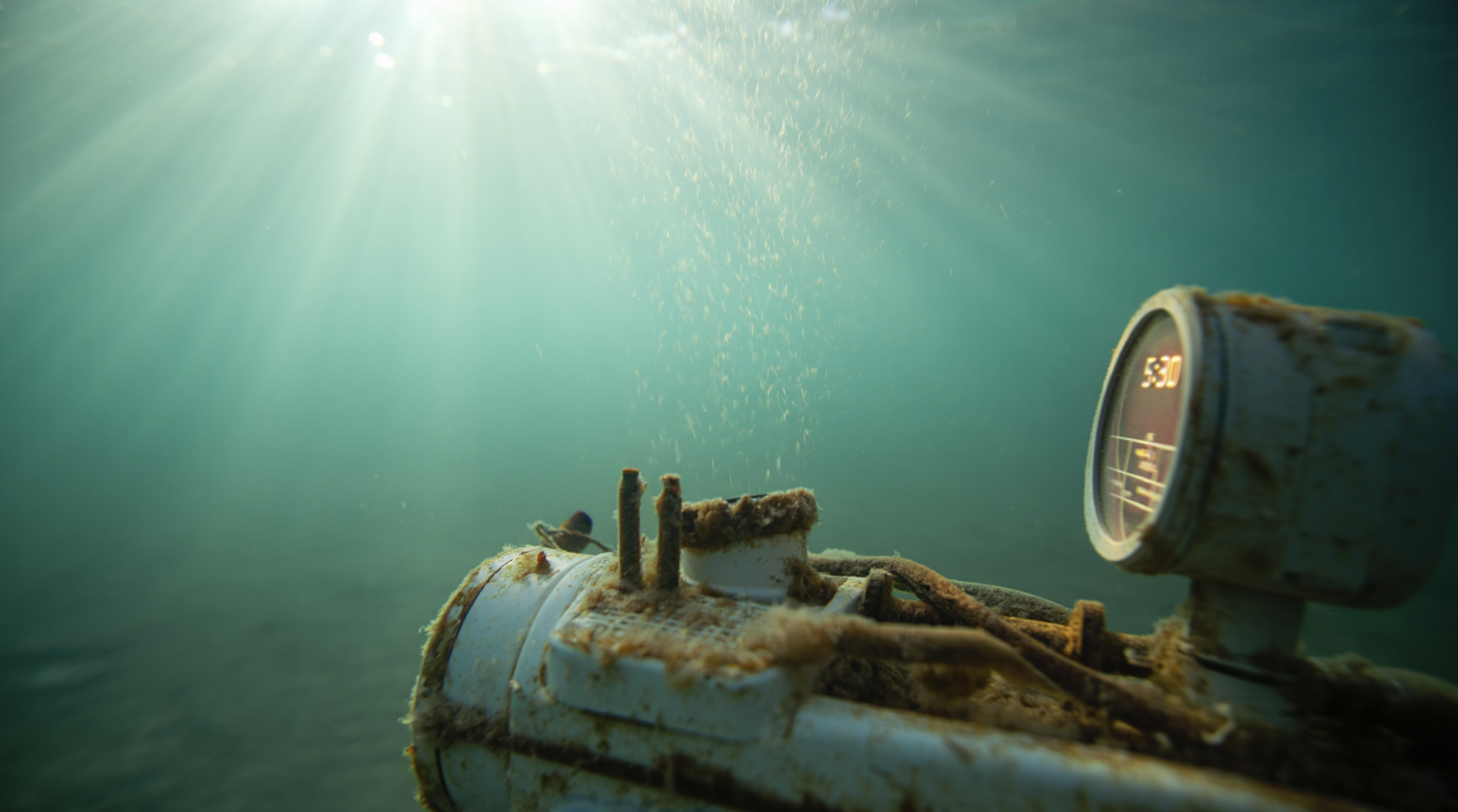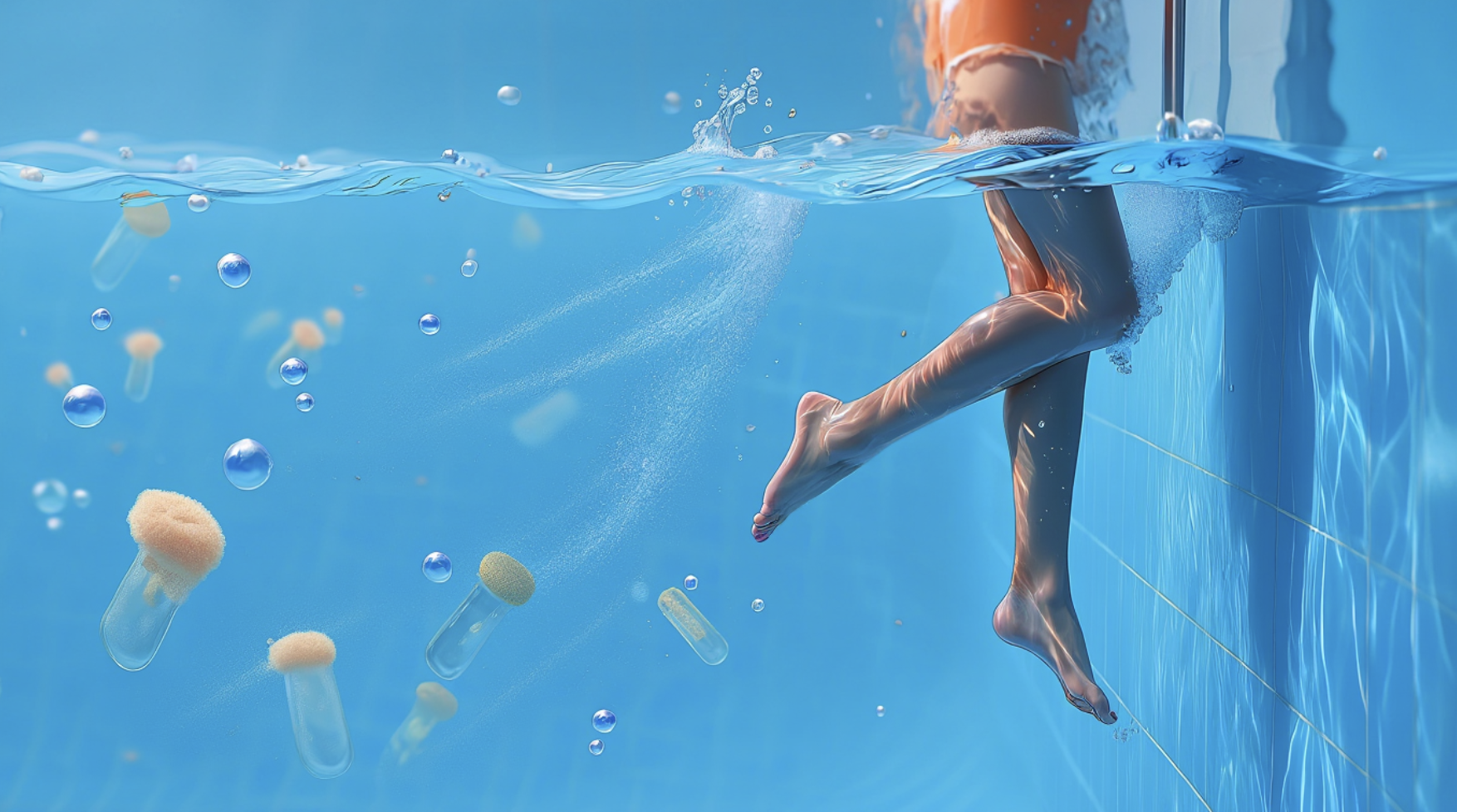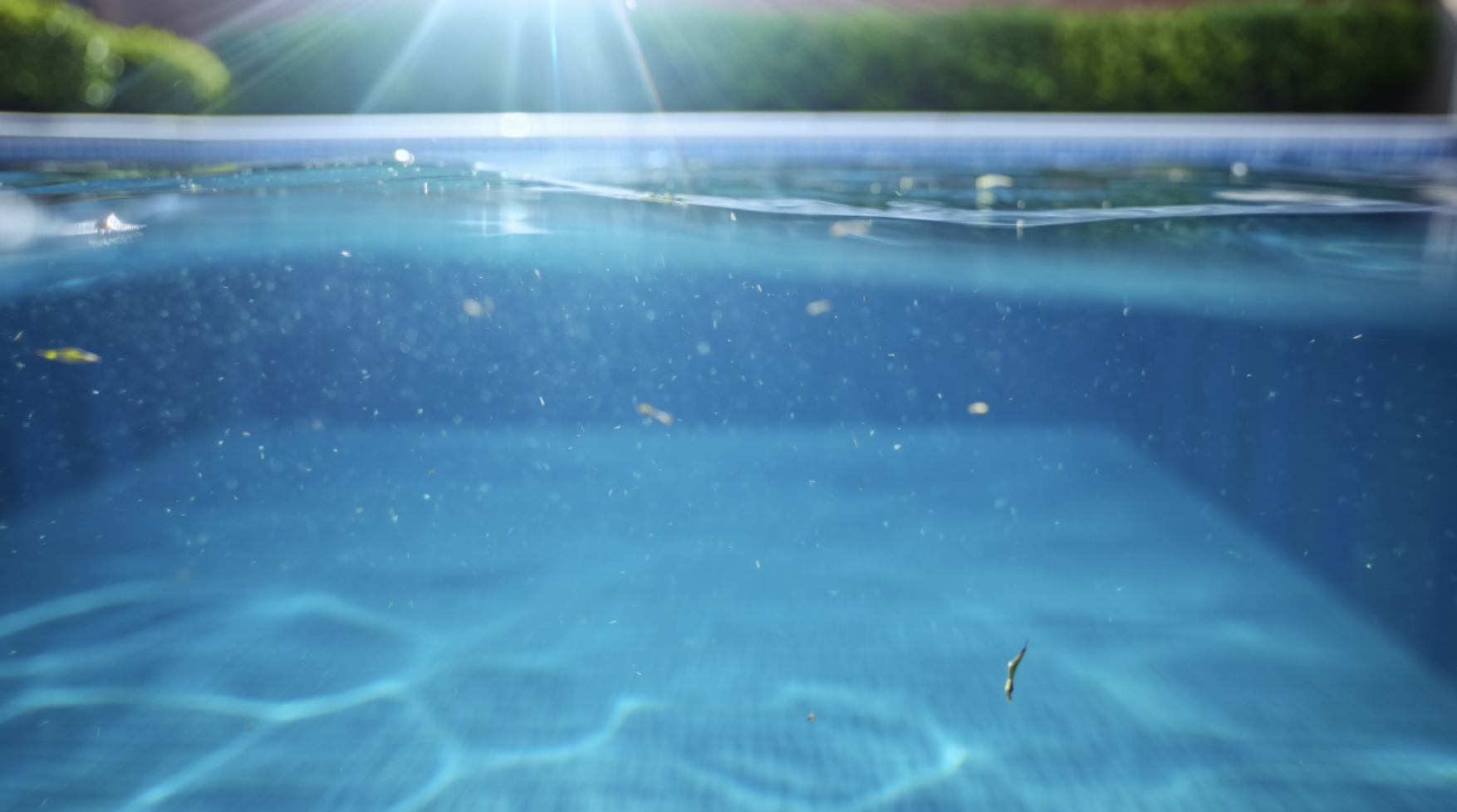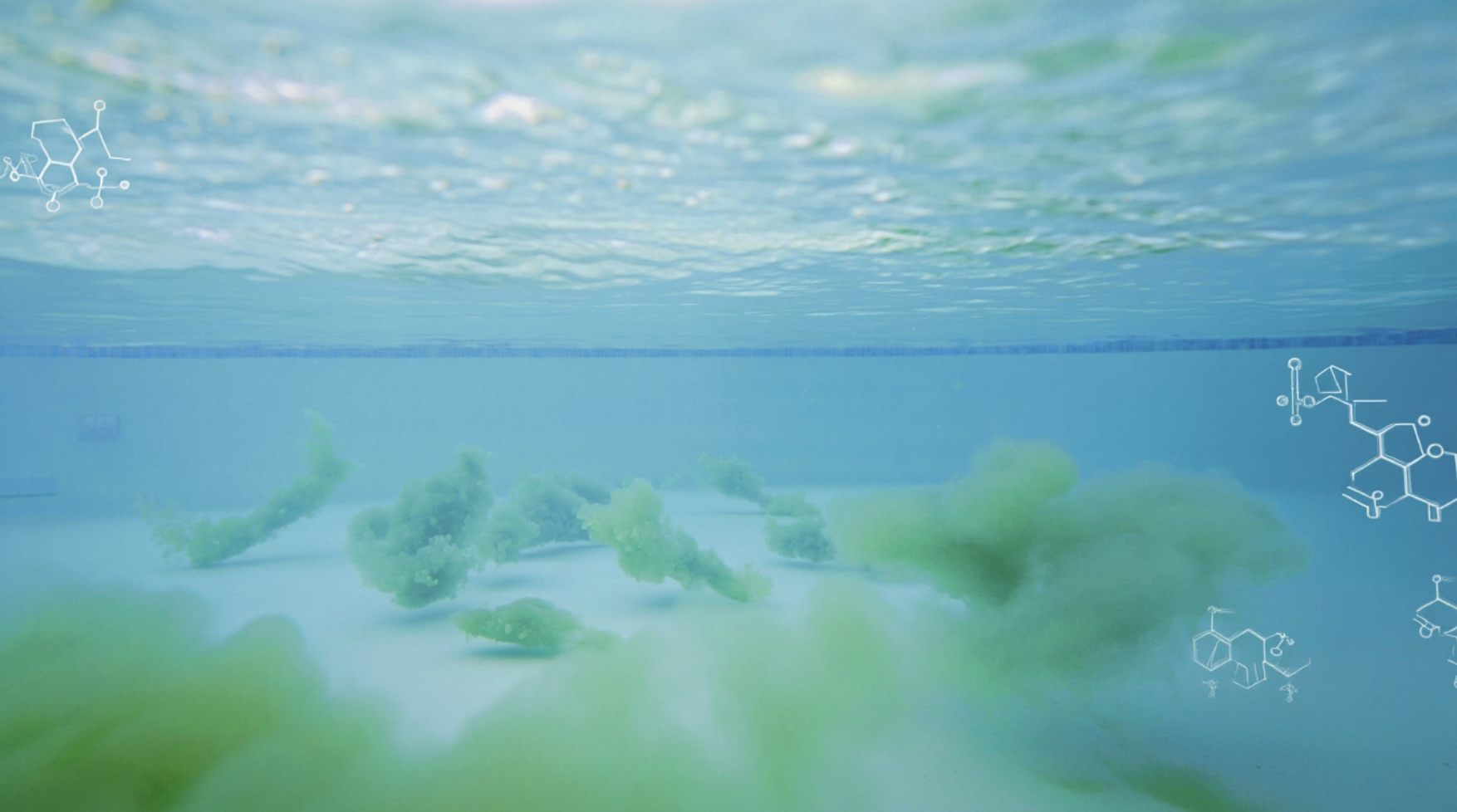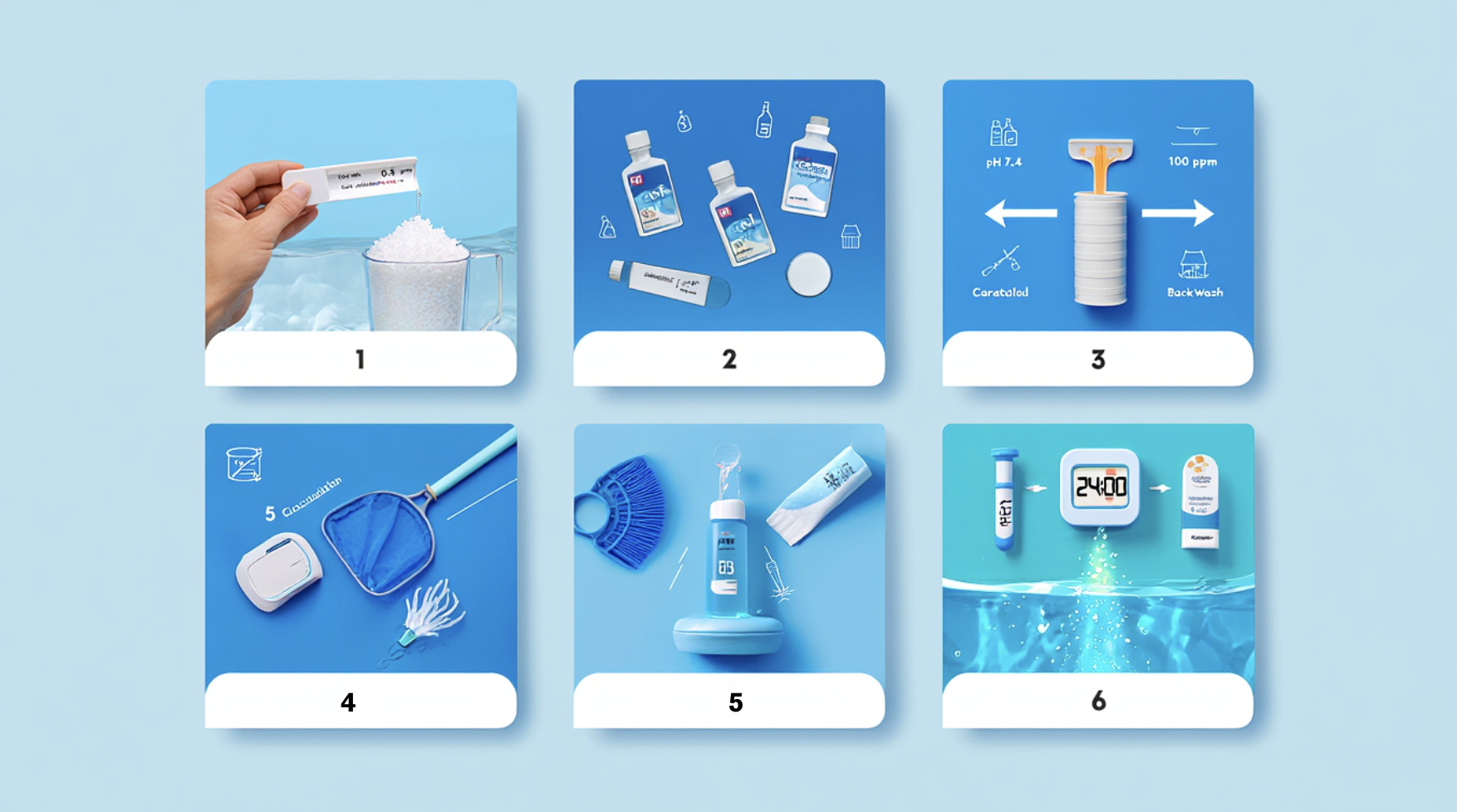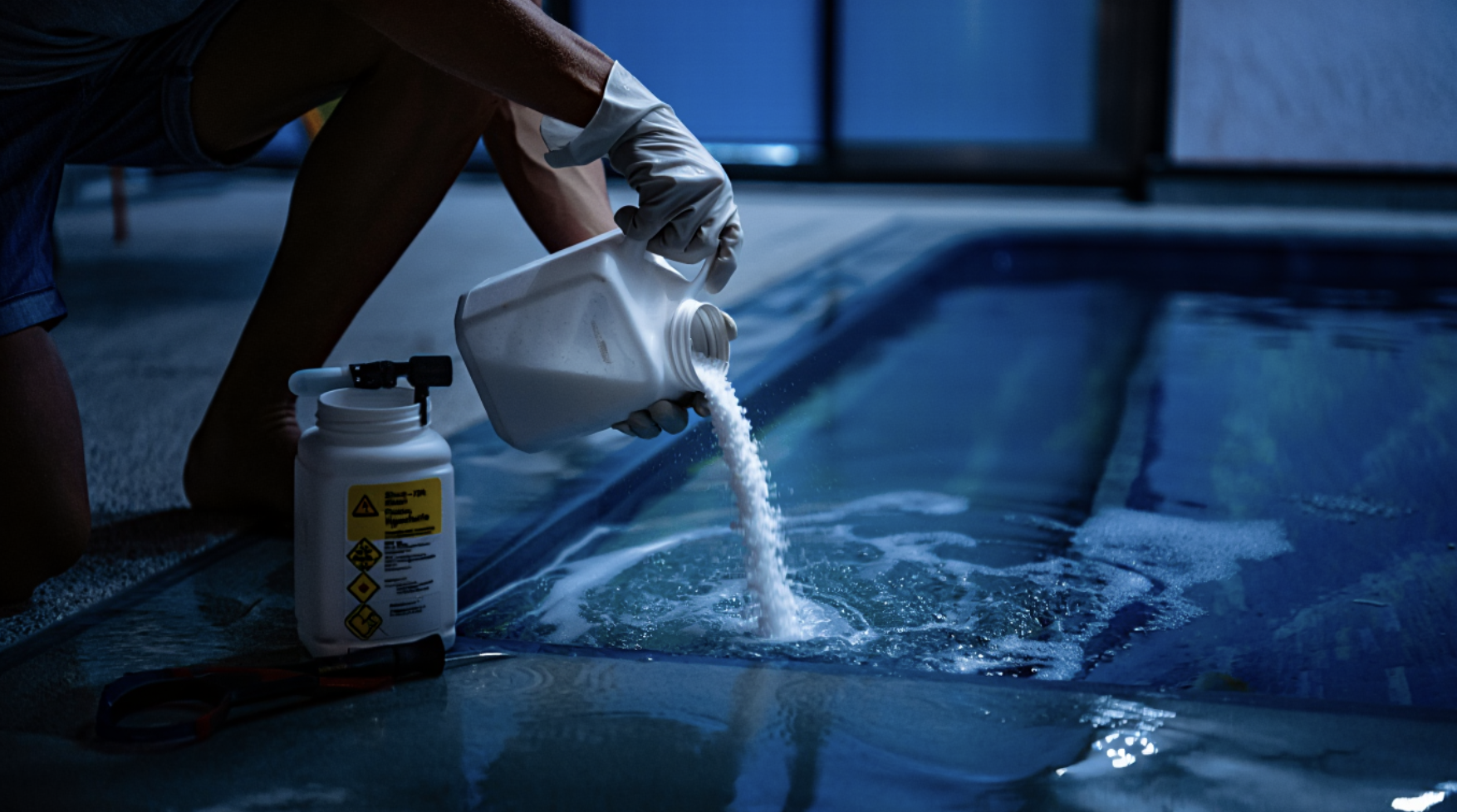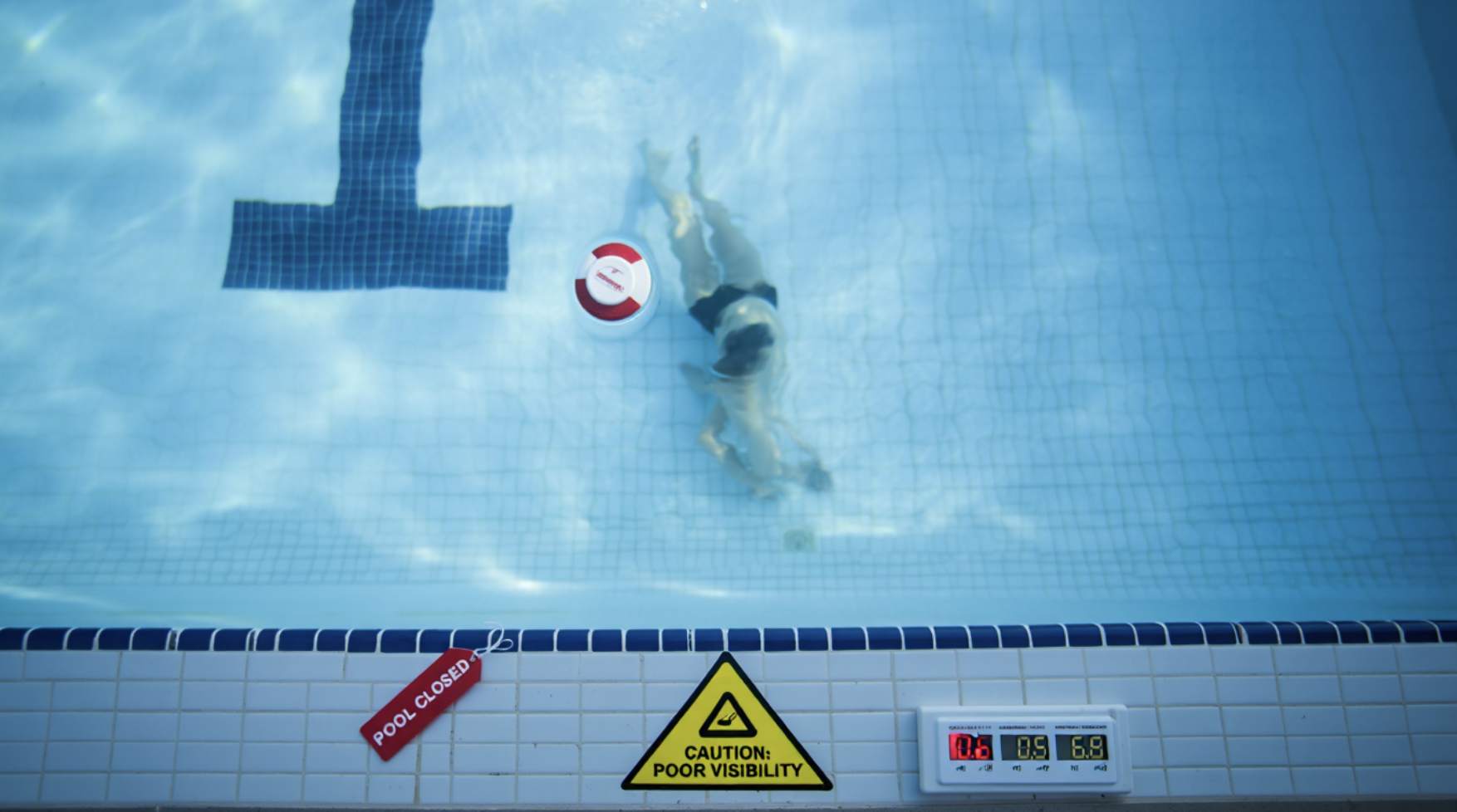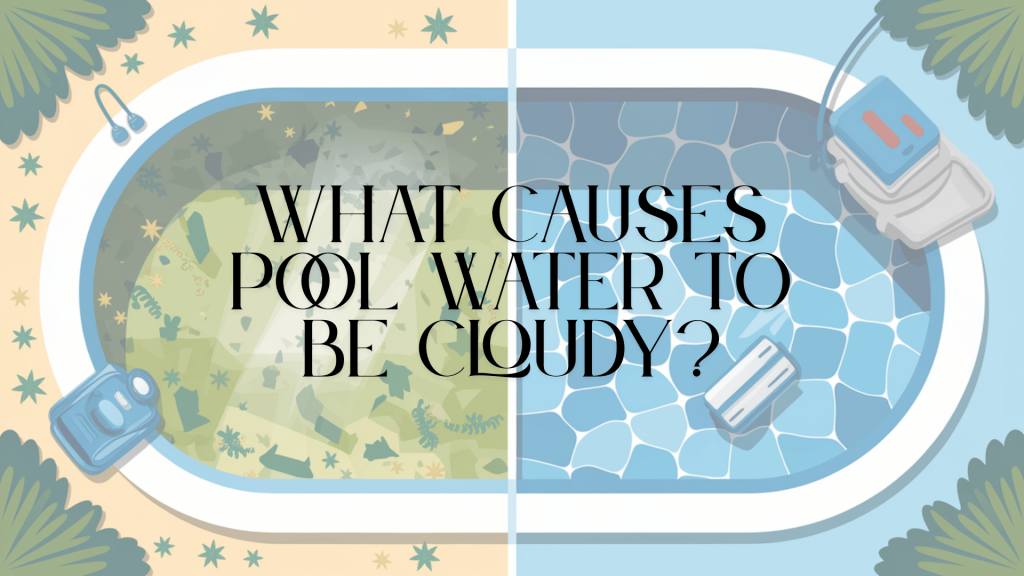Spotting cloudy blue pool water can instantly spoil your swimming plans. That perfect backyard oasis suddenly looks uninviting, and you’re left wondering what went wrong.
Not only is this common problem frustrating, but it can signal deeper issues with water chemistry, filtration, or contamination. The good news? Almost every case of cloudy water can be fixed quickly when you know exactly what’s causing it.
From insufficient chlorine to particle overload, understanding the real culprit saves you time and money. Let’s solve your cloudy pool mystery and get you back to enjoying crystal-clear water that’s both beautiful and safe for everyone.
Cloudy Blue Pool Water: What’s Happening and Why It Matters
Swimming in clear water isn’t just about appearance—it’s also about safety and cleanliness. When your pool water turns cloudy while still maintaining its blue color, it can be confusing and concerning.
Cloudy blue pool water occurs when your water maintains its blue color but loses its clarity. You can still see the bottom of the pool, but not as clearly as you should.
Think of it like looking through a foggy window rather than a clear one. This haziness creates risks as swimmers and potential hazards become harder to spot underwater. Let’s break down what this means and how to address the issue.
The Science Behind Cloudy Blue Water
Ever wonder why your pool stays blue but loses its clarity? The answer lies in the physics of light and the properties of water. When your pool water contains tiny particles, they affect how light passes through.
Light Scattering and Charged Particles in Cloudy Pool Water
Water appears blue naturally because it absorbs red light while reflecting blue wavelengths. When tiny particles float in your pool, they scatter light rays in multiple directions, creating that hazy, foggy appearance.
This cloudiness persists because many contaminants, such as skin cells, oils, dirt, and cosmetics, carry negative charges that cause them to repel each other rather than clump together.
These tiny, charged particles remain suspended rather than sinking, making them too small for your filter to catch effectively.
The smaller these particles are, the longer they stay suspended, and the cloudier your water appears, while still maintaining the water’s natural blue color due to its light absorption properties.
Chemical Reactions Creating Cloudiness
Several chemical processes can turn clear water cloudy:
| CHEMICAL PROCESS | WHAT HAPPENS | RESULT |
|---|---|---|
| Chlorine + waste | Form compounds called chloramines | Reduced sanitizing power + cloudiness |
| High pH | Causes minerals to come out of solution | Scale formation and haziness |
| Low chlorine | Allows organic compounds to build up | Cloudy conditions + potential growth |
When nitrogen-containing waste, such as sweat and urine, combines with chlorine, it creates compounds that make water cloudy while reducing the chlorine’s effectiveness—a double problem for your pool.
7 Most Common Causes of Cloudy Blue Pool Water
When your pool loses its clarity but keeps its blue color, specific issues are typically to blame. Here’s a breakdown of the most common culprits:
1. Low or Ineffective Chlorine
When free chlorine drops below 1 ppm (parts per million), microorganisms begin to multiply, and organic matter stays unprocessed.
Even with normal chlorine readings, combined chlorine (also known as chloramines) can render your sanitizer ineffective, creating the illusion of proper chlorination while your pool slowly becomes cloudy.
2. High pH or Total Alkalinity
Your pool’s chemical balance has a direct impact on water clarity. pH above 7.6 reduces chlorine effectiveness by up to 50%, while high total alkalinity (over 140 ppm) makes pH control difficult.
Water that’s too basic also causes minerals to fall out of solution, creating a cloudy appearance.
3. Calcium Hardness Imbalance
Excessive or insufficient calcium intake can cause problems. Low calcium levels (under 200 ppm) make water “hungry” for calcium, pulling it from the plaster or grout.
High calcium levels (over 400 ppm) can form scale and cloudiness. When levels fluctuate, you’ll face ongoing clarity issues as calcium moves in and out of solution.
4. Poor Filtration or Pump Runtime
Your filter system is your pool’s kidney. Insufficient runtime (less than 8 hours daily), clogged media, damaged components, or an undersized system for your pool volume can all prevent proper filtration.
When your filtration system isn’t working properly, even perfectly balanced water can stay cloudy.
5. Organic Contaminants
What goes into your pool affects the clarity of the water. Sunscreen creates an oily film, body waste feeds bacteria, and personal care products introduce chemicals that provide food for microorganisms, creating particles that cause cloudiness.
Environmental factors, such as pollen, leaves, and airborne dust, can further exacerbate these issues.
6. Environmental Factors
The world around your pool contributes to cloudiness through pollen, dust, rainwater carrying contaminants, and strong sunlight breaking down chlorine.
These external factors are often overlooked but can be major contributors to cloudy conditions.
7. Algae or Bacterial Growth
Microscopic growth creates cloudiness before becoming visible. Early-stage algae look like general cloudiness, while bacteria multiply rapidly in warm water.
Both thrive during periods of inactivity or heatwaves and consume chlorine, exacerbating the problem over time.
How to Fix a Cloudy Blue Pool? A Step-by-Step Guide
Restoring your pool’s crystal clarity doesn’t have to be complicated. Follow this systematic approach:
Step 1: Test and Adjust Chlorine
Start with your primary sanitizer. Test free chlorine levels using a reliable test kit, aiming for 2-4 ppm for normal maintenance. If the level is below 1 ppm, administer a strong dose of chlorine (shock treatment) and wait 8 hours before retesting.
For heavily cloudy pools, you might need up to 10 ppm initially to overcome the chlorine demand from contaminants.
Step 2: Balance pH and Other Chemicals
With proper chlorine levels established, test and adjust the pH to 7.2-7.6 (ideal: 7.4). Maintain a Total Alkalinity level between 80-120 ppm and keep Calcium Hardness at 200-400 ppm.
Allow about 6 hours between chemical adjustments for accurate readings.
Step 3: Clean or Backwash the Filter
Your filter needs attention to work efficiently. For sand filters, backwash until the water runs clear. With cartridge filters, remove and rinse thoroughly.
DE filters require backwashing and the addition of fresh DE powder. Always inspect for damage or wear, regardless of the filter type.
Step 4: Remove Physical Debris
Physical cleaning helps your chemicals work better. Skim the surface, brush walls and floors to loosen stuck particles, vacuum thoroughly (especially in low-circulation areas), and clean out skimmer and pump baskets.
This helps your chemicals and filter do their jobs more effectively.
Step 5: Add a Water Clarifier When Needed
For stubborn cloudiness, add a polymer-based water clarifier following the package directions for your pool size. Clarifiers help tiny particles clump together, making larger clumps that are easier for your filter to catch.
Step 6: Increase Filtration Time
During treatment, run your pump 24/7 until the water clears. Once clear, maintain at least 8-12 hours of daily operation.
Ensure water circulates evenly throughout all areas of the pool, considering the installation of a circulation fan to address any dead spots. Most cloudiness issues resolve within 1-3 days with this systematic approach.
Fast-Acting Solutions for Extreme Cloudiness
When your pool looks like milk and you need it clear quickly, standard methods might be too slow:
1. Pool Flocculant vs. Clarifier: The Nuclear Option
While clarifiers work gradually through your filter, flocculants work dramatically faster:
| ASPECT | CLARIFIER | FLOCCULANT |
|---|---|---|
| How it works | Helps filter catch small particles | Drops all particles to the pool floor |
| Timeline | 1-3 days | 12-24 hours |
| Filtration | Uses existing filter | Requires manual vacuuming |
| Best for | Mild to moderate cloudiness | Severe cloudiness, urgent situations |
| Water loss | Minimal | Significant during the vacuum |
To use flocculant properly, add the correct dose per package instructions, then turn off your pump for 8-12 hours. Watch as particles clump and sink, preparing for the crucial next step.
2. Vacuuming the “Sludge Layer”
After using flocculant, set your vacuum to “waste” or “bypass” (not “filter”) and slowly vacuum the layer of sediment from the floor. Work methodically to avoid stirring up the settled material.
Expect to lose several inches of water during this process, which completely removes cloudiness rather than attempting to filter it out.
3. Emergency Shock Treatments
For rapid results, use calcium hypochlorite shock (70%) applied at dusk or night for maximum effectiveness. Use 2-3 times the normal dose for severe cloudiness while keeping the pump running during treatment.
Wait at least 8 hours before swimming, and always read safety instructions when handling concentrated chemicals.
Is It Safe to Swim in a Cloudy Blue Pool?
Many pool owners wonder whether cloudy water is merely an aesthetic issue or a genuine safety concern. The answer isn’t always straightforward, as safety depends on several factors.
The Visibility Factor
The CDC and safety experts emphasize visibility as the primary safety consideration. You should clearly see a 4-inch disk at the deepest part of your pool for adequate safety.
Even moderate cloudiness can hide a person at the bottom of a pool, particularly in deeper sections or when shadows fall across the water.
This is especially dangerous for children and inexperienced swimmers who may panic underwater.
Chemical Safety and When to Avoid Swimming in Cloudy Pools
Beyond visibility, cloudy water often indicates chemical imbalances that can affect swimmers’ health. Testing reveals that cloudy pools frequently have inadequate sanitizer levels, allowing harmful bacteria to thrive.
E. coli and other fecal bacteria can survive in pools with low chlorine levels, causing stomach illnesses, eye infections, and respiratory problems.
You should avoid swimming when:
- You cannot clearly see the main drain or floor markings
- Chemical tests show free chlorine below 1 ppm
- The water has a strong chemical smell (indicating chloramines)
- pH levels are extreme (below 7.0 or above 8.0)
- You notice any visible algae or slippery surfaces
Many pool professionals follow the simple rule: if you can’t see your feet when standing waist-deep, the water isn’t safe for swimming.
The Bottom Line
Clear water represents more than just an attractive pool—it’s a sign of proper maintenance and safe swimming conditions.
By addressing the root causes of cloudiness through proper chemical balance, filtration, and regular cleaning, you’ll spend less time troubleshooting and more time enjoying your pool. Remember that cloudy blue water is your pool’s way of communicating that something needs attention.
Respond quickly to these early warning signs, and you’ll prevent more serious problems while maintaining a safe and inviting swim environment all season long. Your perfect pool is just a few steps away!
If you’re interested in learning more about maintaining a pool, click here for additional information.

